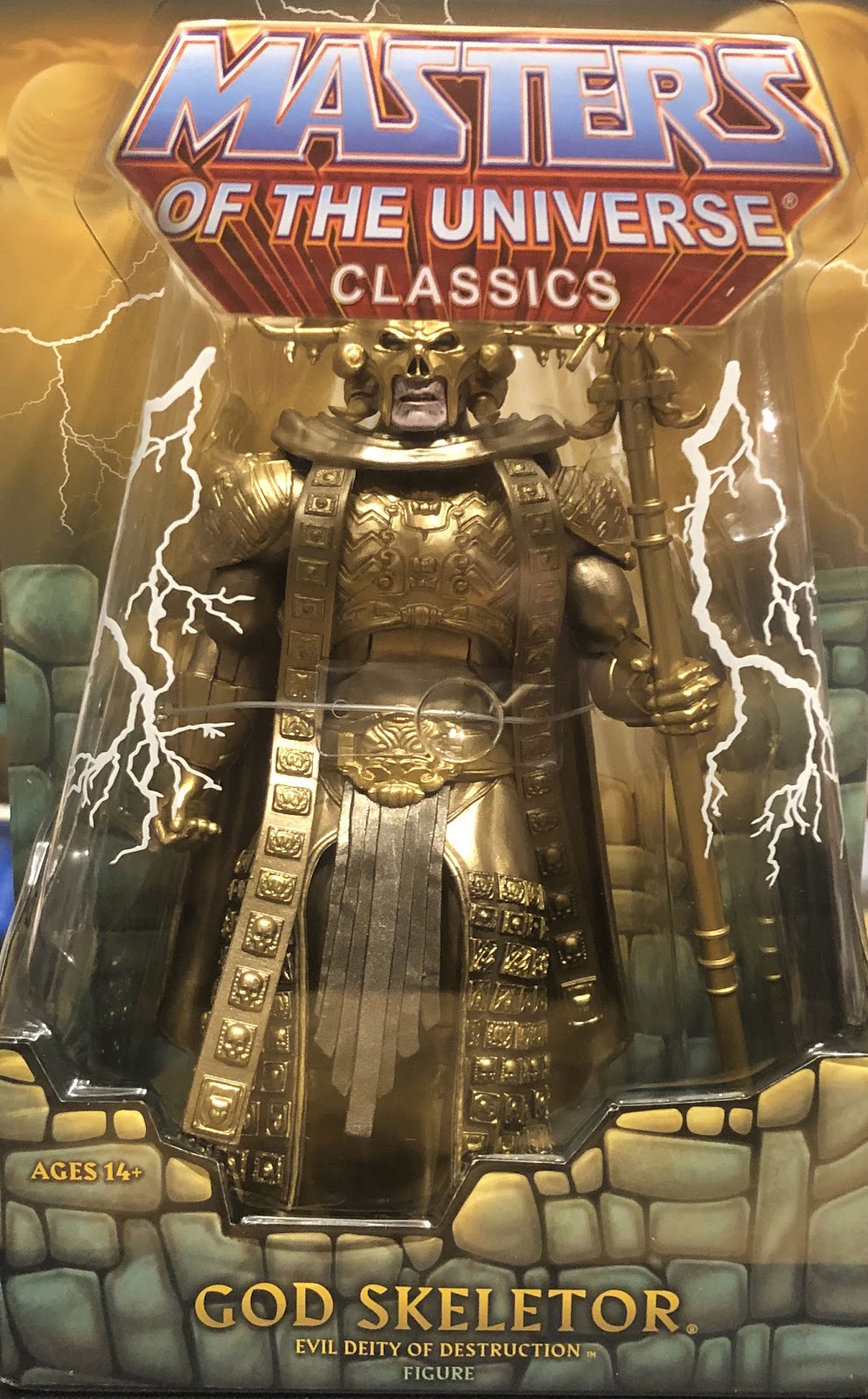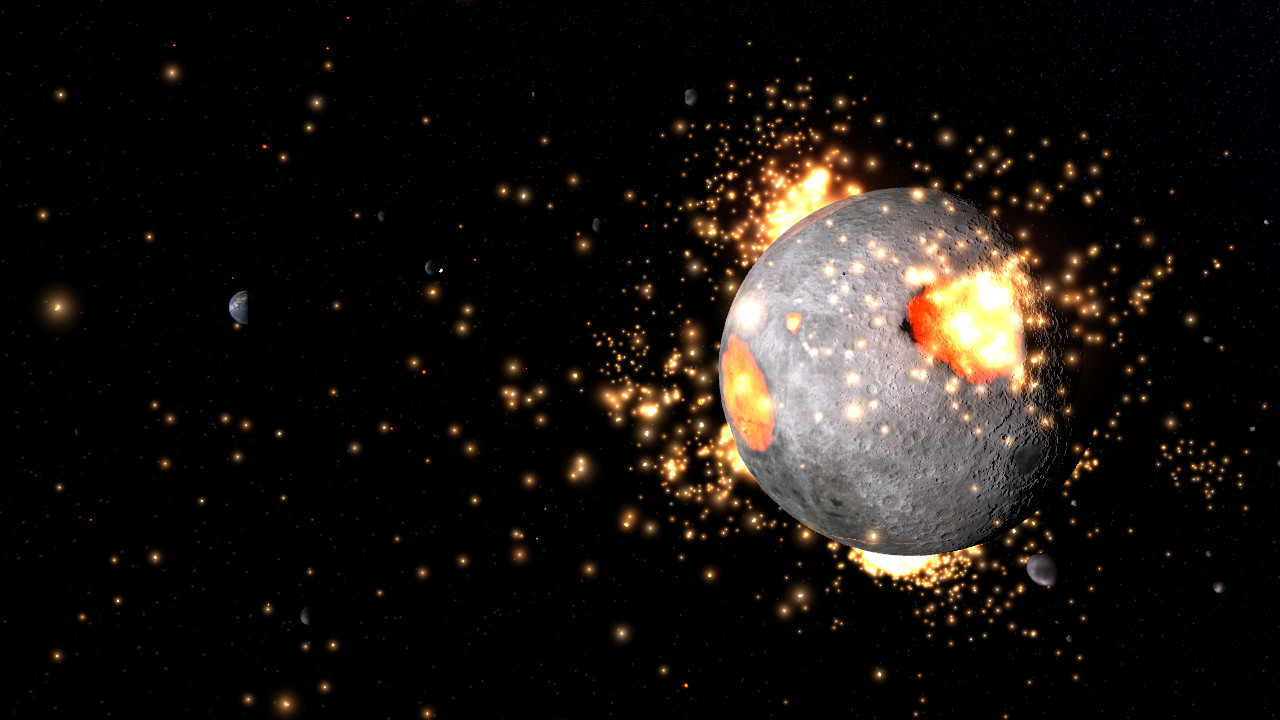

While confirming these discoveries may take some time, we know that James Webb is doing great work. Even still, the image includes what we believe to be the earliest galaxy we’ve ever discovered. Plus, it’s just one of many investigations researchers are pushing based on the images that CEERS has released. Researchers published info about that discovery in AstroNotes last month. James Webb’s largest image to date also includes what many believe to be the space telescope’s first supernova sighting. Image source: OlivierLaurentPhotos / Adobe Thousands of new, high-quality pictures added every day. Other galaxies taking the spotlight include one nicknamed the Space Kraken, a set of interacting galaxies believed to be from around 9 billion years ago. The Hubble Space Telescope is a large astronomical observatory that launched on April 24, 1990, and has provided us with a wide array of awe-inspiring images ever since. Find Milky way galaxy stock images in HD and millions of other royalty-free stock photos, illustrations and vectors in the Shutterstock collection. There’s also an elliptical galaxy nicknamed “Pac-Man” due to its resemblance to the popular video game character. Description A short synopsis of the wonders of our Universe suitable for ages 8 and up.


These galaxies include a bright blue spiral arm galaxy. As James Webb’s largest image to date, the image focuses mainly on six specific galaxies out of the plethora of those captured in the scope of the entire project. This lets the scientists more closely investigate the emissions and elements from some of our universe’s earliest galaxies and celestial events. They then translated the data into visible images. The Mystery Of The Center Of The Universe: The Center of the Universe in Tulsa is a small circle of about 30 inches in. Grab your spacesuit and put your helmet on. This a site run by fans with the express purpose of showcasing figures from the line and promoting its continued success. Its also a fantastic gift for children who cant get enough of space. A fan site dedicated to the fantastic toyline- Masters Of The Universe Classics Mostly just pictures, but there's a nugget or 2 of extras thrown in as well This site is not owned or affiliated with Mattel. The instruments capture data using wavelengths that aren’t visible to the naked eye. Storybook-style text and out-of-this-world pictures make this book perfect for an astronomical bedtime. Researchers then carefully stitched them together. Each part of the data was taken parallel to the others. The data was gathered using James Webb’s Near Infrared Camera (NIRCam), its Near Infrared Spectrograph (NIRSpec), and its Mid-Infrared Instrument (MIRI). That process produces electrons that re-emit the absorbed energy in the form of infrared light, according to a statement from NASA (opens in new tab).This is the most detailed image from James Webb yet Image source: NASA/STScI/CEERS/TACC/S. Scientists classify it as an emission nebula because its gas has been energized, or ionized, by the radiation of nearby stars. Stretching over 250 light-years wide, IC 4628 is believed to be a massive stellar nursery, where new stars are forming.

Nebulas, or clouds of interstellar gas and dust, form following massive stellar explosions in turn, this interstellar material gives life to new stars. The Prawn Nebula, formally known as IC 4628, is an emission nebula located 6,000 light-years from Earth, in the constellation Scorpius (opens in new tab). The Hubble Space Telescope (opens in new tab) has captured a stunning view of the Prawn Nebula floating through deep space. Tan (Chalmers University of Technology) Processing Gladys Kober (NASA/Catholic University of America)) Prawn nebula Related: This galaxy pic from Hubble shows how astronauts fixed its vision (opens in new tab) Prev of 60 Next Prev of 60 Next "Even accounting for the aberration in Hubble's mirror, the space telescope's image (right) offers more clarity than what was generally possible with ground-based observations," NASA said in a statement (opens in new tab). It was also intended to help with focusing the telescope. The image, taken using Hubble's Wide Field Planetary Camera and released May 20, 1990, demonstrate Hubble's improved visibility compared with observatories on Earth, where the atmosphere (opens in new tab) can obstruct the view. Below are the list of Image’s top-selling first issues of this century.
#Pictures of the universe for sale Patch#
On the left is an image of the same patch of the sky taken by a ground-based telescope. On the right is the first image Hubble ever took, which focused on the 8.2-magnitude star HD96755 in the star cluster NGC 3532. Persson/Las Campanas Observatory/Observatories of the Carnegie Institution of Washington Right: NASA/ESA/STScI) First Lightīefore Hubble could start capturing incredible pictures of the universe, the telescope's first order of business was to test out its instruments and make sure everything was in working order.


 0 kommentar(er)
0 kommentar(er)
